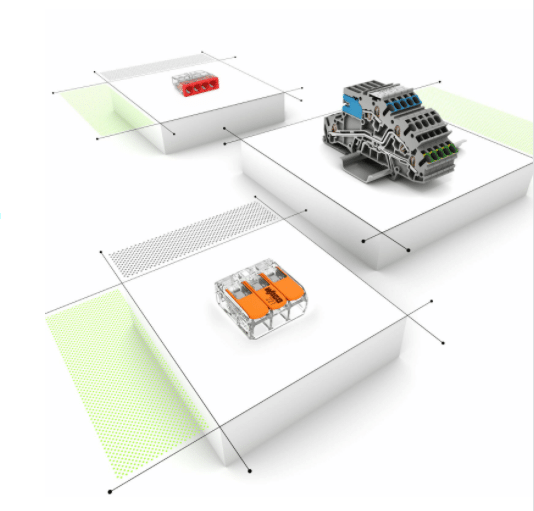The Ultimate Guide to Selecting the Best Wiring Connector
Wiring connectors are a necessary part of any electrical installation. They will be used to connect wires and can also use as a junction box for multiple cables. To find the best connector on the market, you need to know what features they should have.
The insulation material will be either rubber or plastic. Plastic insulation is more common and less expensive, but rubber has better electrical insulating properties.
A wiring connector is an electrical device that connects two or more conductors. A terminal block can be attached to the wires, so they are securely connected. These three-wire connectors have different properties, making them suitable for various applications depending on cable size, voltage level, etc. Understanding their uses will help to select the right one every time!
F Connector
The F connector is a coaxial RF connector used for terminating coaxial cables. It has a 50 Ohm impedance and can handle frequencies up to 11GHz, making it suitable for high-frequency applications such as cable TV and satellite communication systems.
Banana Plug
Banana plug connectors get designed to work with speaker wire or similar low voltage AC (alternating current) signal wiring. Their banana shape allows them to insert into binding posts on amplifiers, receivers - even some power inverters! They also feature safety insulation, so users don’t accidentally short the + and – connections while inserting or removing speakers containing an amplifier circuit board inside the enclosure.
Spade Lug
Spade lug connectors work with speaker wire or similar low voltage AC signal wiring, but they don’t have a banana shape. Instead, these cable plugs feature a flat blade that slips into the binding posts on amplifiers, receivers - even some power inverters! They can handle up to 14 gauge wire, making them suitable for connecting speakers in medium-powered systems such as those found in family rooms. The insulation helps prevent short circuits while installing or removing these electrical connections from devices like speakers containing an amplifier circuit board inside the enclosure.
Barrel Connector
A barrel connector is an electrical connector designed initially in central telephone offices on 66 blocks (the original cable TV system). The amateur radio community later adopted barrel connectors due to their ease of use and robustness. They are still widely used today because they handle large currents with little risk of arcing or overheating while easy to plug and unplug under any conditions, including total darkness.
Ring Terminal
Ring terminals provide connections more conductors than spade lugs without using the space occupied by the barrel of a spade lug. It makes ring lugs useful in applications where space is limited, such as when used with D-subminiature connectors on printed circuit boards. Ring terminals are also suitable for larger gauge wires or stranded conductors due to their flexibility and large contact area.
Screw Terminal
A screw terminal is an electrical connection typically found on electronic test equipment, power supplies, and other similar devices which employ one or more screws that can accept wire terminations from either end.
AMP Connector
AMP connector is a trademarked name for Molex’s panel-mounted interconnect products, including circular connectors, feed-throughs, and press-to connectors.
Solder Connector
Solder terminals use electronic components like resistors, capacitors, inductors, diodes, integrated circuits (ICs), transistors to supply power or signal connection.
Conclusion
There are several different types of wiring connectors in the market, but one must know which type best meets their needs to choose a connector that will perform up to their expectations.
